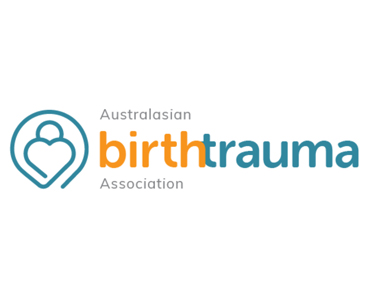
Birth Trauma – a personal story
My Story
In 2013 I gave birth to my first child who was delivered via forceps after a long labour. At the time I needed a blood transfusion and I was told I had sustained a 3rd degree tear. It was another 16 months before I was diagnosed with a bilateral levator avulsion and subsequent prolapses. As a first-time mother, I didn’t identify as having birth trauma. I didn’t even realise birth trauma was a thing.
In my mother’s group I expected to make lifelong friendships but the reality was that I felt alienated and broken while everyone seemed to be doing amazingly. I kept wondering, am I the only one that feels like an empty, broken shell with a baby that cries all the time (turns out she was hungry).
My Women’s Health Physio soon became my saving grace, because she introduced me to other women who were also navigating motherhood and life with birth injuries. I had my professional guidance and trusty pessary, but I also had a way to connect with people that ‘got it’. There really is power in sharing our experiences with someone that won’t try and make it better but will listen, understand, and not pass judgement. Now I had some mums that I could really talk to.
Australasian Birth Trauma Association (ABTA)
I discovered how common birth-related trauma is. One in three Australian women self-identify their birth as psychologically traumatic.1 Birth partners and support people can also experience birth trauma. I decided then, that I didn’t want any more women to feel isolated and alone like I had. In 2016 the ABTA was born.
The ABTA is a charity whose mission is to work for safer births and better healing from birth trauma. We provide voluntary peer-to-peer support, educational resources for families and health professionals, and we work to increase understanding of, and reduce stigma around, birth-related trauma.
What is birth-related trauma?
At ABTA we define birth-related trauma as a wound, serious injury or damage which can be either physical or psychological (deeply upsetting and distressing), or a combination of both.
The trauma isn’t always the birth itself. Birth-related trauma can occur in pregnancy, labour and birth or from lack of postnatal support.
Physical trauma
This can include perineal tears, haemorrhage, pelvic floor muscle damage, pelvic organ prolapse and infected wounds/stitches. Some problems might not be diagnosed until many years after birth. Common symptoms include pain around the site of an episiotomy or tear; urinary or faecal incontinence; pain during sexual intercourse; a dragging/heavy feeling in the pelvis; and other symptoms, specific to the injuries. Physical damage sustained during birth can ruin sex lives and destroy marriages, stop women from engaging in physical activities, and even prevent some types of paid work. Although common, many women are so embarrassed by these disabilities that even their partners and closest friends might be unaware of the problems.
Psychological trauma
This can take the form of postnatal depression and/or anxiety, post-traumatic stress disorder, or obsessive-compulsive disorders (parents suffering obsessive thoughts that affect normal behavior, such as checking on a baby constantly, or having recurring thoughts that impact enjoyment of daily life). Some people experience severe emotional distress after a traumatic birth even without physical trauma. Trauma can continue long after the birth, with distinct psychological symptoms.
Seek Help
If you feel you are experiencing some of the symptoms I’ve detailed, I want you to know first and foremost that you are not alone. Below are some suggestions for recovery after experiencing birth-related trauma. Some well-meaning family, friends and even health professionals may tell you it will get better, or that these feelings are normal after birth, but if your symptoms persist it may feel more appropriate for you to contact a health professional for support.
Where to start
A good starting point is to speak with someone you trust, rather than waiting for feelings or physical symptoms to go away on their own. This could be:
- Your partner or a family member
- Your GP
- Your Pelvic Health Physiotherapist
- Connecting with one of our peer mentors. All our peer mentors have a lived-experience of birth-related trauma, and they are proof that that things can get better
- Joining our in-person support group, Peer2Peer Meets (coming to Melbourne very soon).
- There is an array of Health Professionals who can assist in diagnosis and provide treatment for the management of birth trauma. You can find our birth trauma care guide on our website.
Written by Amy Dawes, co-founder and CEO of the Australasian Birth Trauma Association.
References
1 Creedy K, Shochet IM, Horsfall J. Childbirth and the development of acute trauma symptoms: incidence and contributing factors. Birth, 2000;27 (2): 104-111.
Some other articles on topics mentioned in this story that you might find useful:
August 2022




